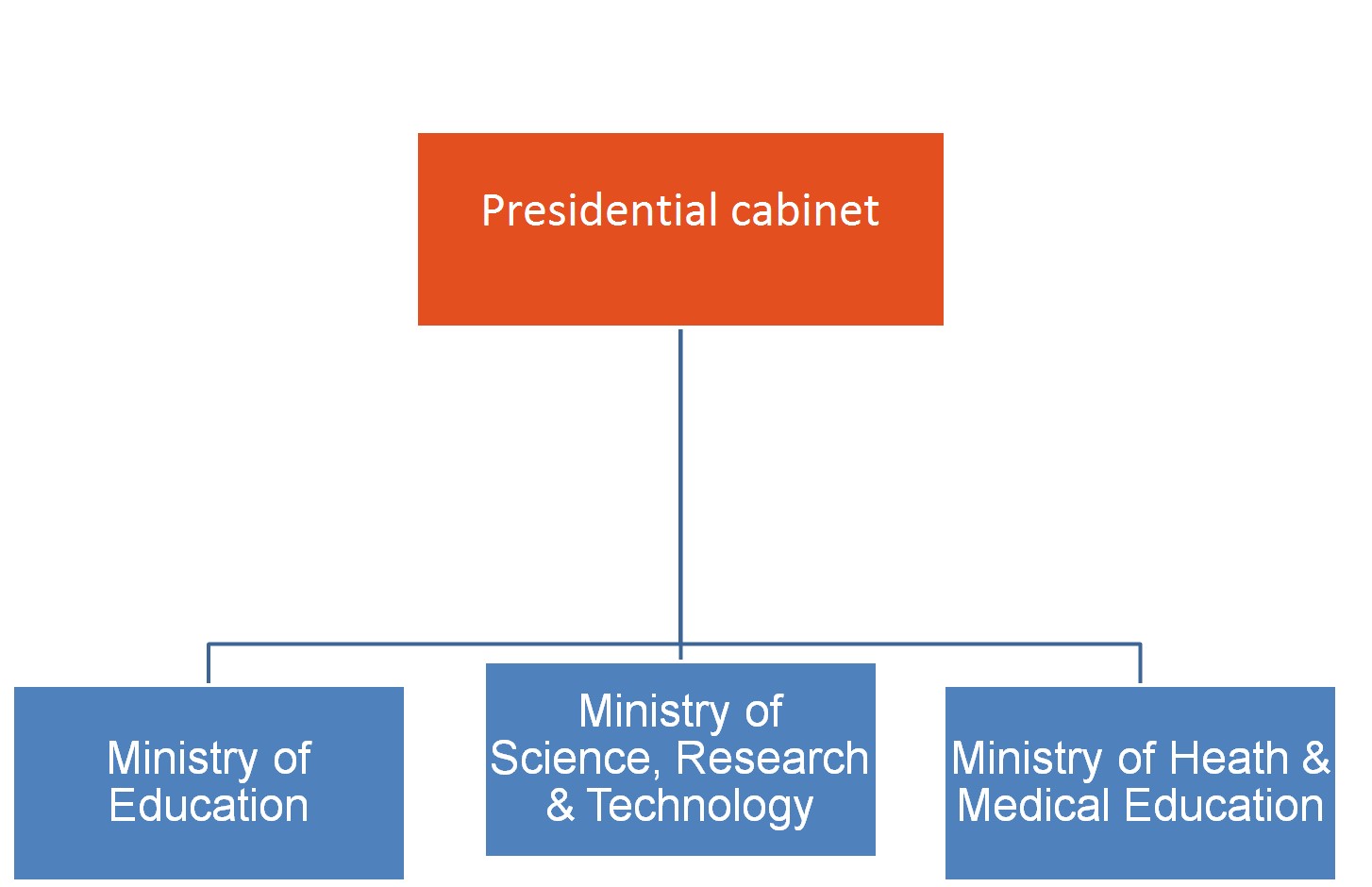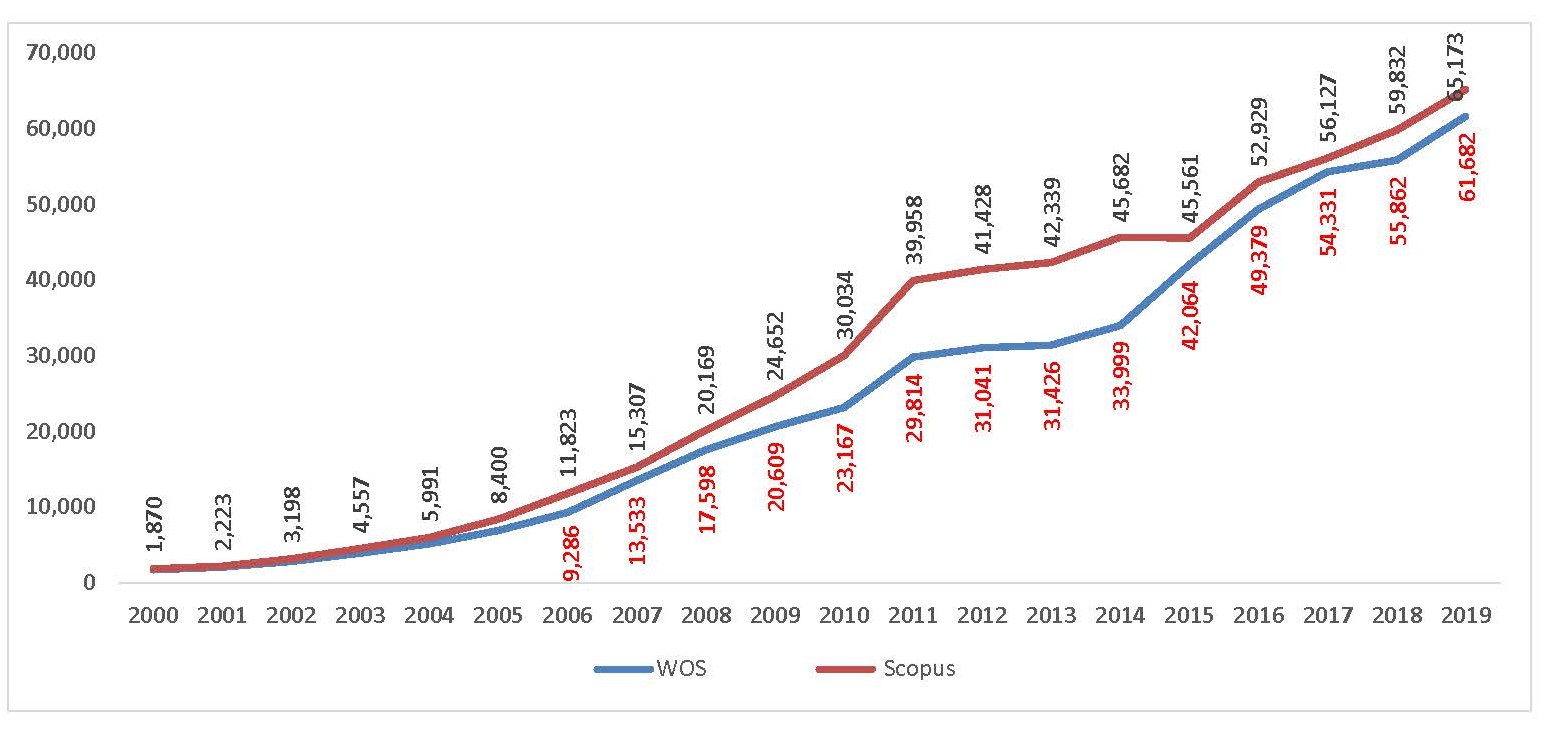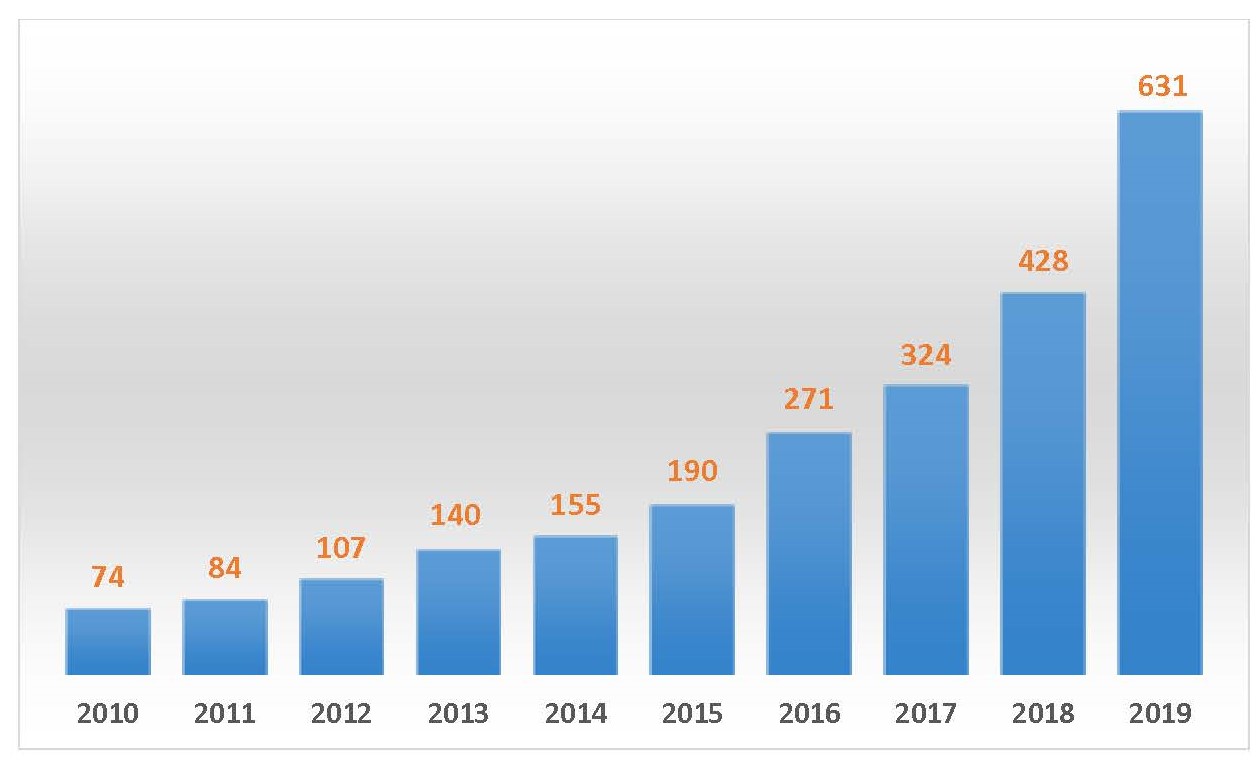Higher Education in Iran
Universities and research institutes in Iran are open to all eligible Iranians and non-Iranian applicants.Two main ministries are responsible for directing the science, research and technology. The first and the largest one of the two, is the Ministry of Science, Research and Technology (MSRT), which is in charge of all the courses of Basic Science, Human Science, Engineering, Art, Agriculture, and in charge of universities, research centres and all Science and Technology Parks.
The second is the Ministry of Health and Medical Education (MOHME), which oversees the integration of the delivery of health services and medical education, all medical universities and also the Clinical courses. From 1988, non-profit private universities were allowed to operate.
There are two main types of higher education institutions in the country:
- University (public and private) - comprehensive, specialized, applied sciences, distance learning, medical, or private.
- Research Institution
Ministry of Science, Research and Technology (MSRT)
Ministry of Science, Research and Technology of the Islamic Republic of Iran is the main state Ministry involved in higher education, science, research and technology.
There are other public or private bodies/institutions with related functions including 'Ministry of Education’ which is responsible for schooling and tertiary education, the ‘Ministry of Health and Medical Education’, and other scientific and technological institutions affiliated with other state or private institutions in the country.

Ministry of Science, Research and Technology (MSRT) is a public body of executive power, which carries out functions on elaborating state policy and normative-lawful regulation in the sphere of higher education, science and technology, innovative activity, and intellectual property.
The Ministry's mission is directed at realization and development of intellectual potential of the nation (a key component of stable and dynamic development) of the Islamic Republic of Iran. It considers the national, regional and international goals, interests, policies and ambitions, and is seeking sustainable development for mankind welfare, peace and prosperity in the country and across the world.
Some of Ministry of Science, Research and Technology mandates are
- Support and encourage Universities and Research Institutes (public/private),
- Develop basic and applied research,
- Support Incubators and Technology Parks ( at least 42 Technology Parks and 186 Incubators),
- Focus on fields such as Engineering, Basic Sciences, Art, Human Sciences and Agriculture,
- Facilitate the creation of knowledge, innovation and development in all fields of science and technology(including indigenous knowledge),
In addition, MSRT is paying particular attention to implementing diplomacy of science and technology, traffic of academic collaborations, developing, strengthening, and improving the national and international science and technology cooperation with its foreign partners; including overseas universities, science and technology institutions/organizations.
Some of the main missions and goals of this ministry can be outlined as:
- Highlighting the importance and necessity of satisfying the needs of population in higher education,
- Promoting cooperation and exchange of inter/intra university collaborations/achievements/activities inside or outside the country ,
- Educating, training, and equipping economics the required specialized personnel for the country and worldwide,
- Integration of higher education and science-technology achievements,
- Reforming scientific sphere and stimulating innovative activity as the key sources of stable economic growth,
- Increase of prosperity and development in the society,
- Elaboration and approval of the State standards of higher, post-graduate and additional professional education,
- Providing policies, strategies, plans, etc. for expanding and promoting the regional and international academic, science and technology cooperation,
- Initiating and promoting implementation of the Agreements/Memorandum of Understandings (MOUs) between international partners,
Stages of Higher Education in Iran
- Associate Degree (Kardani) - 2 to 3 years
Description: Technical and vocational training universities train technicians for enhancing the link between universities and industry. Students sit for an entrance examination and follow a two-or three-year post-secondary course leading to the Associate Degree. - University level first stage- Bachelor's degree (Karshenasi) - 4-5 years
Description: The Bachelor's degree is conferred after four to five years' study or two years after the Associate degree. The Bachelor's degree requires 130 to 140 credit units. The continuous Master degree is offered in Dentistry, Medicine, Pharmacy and Veterinary Medicine as well as in some other fields and requires the completion of 210-290 units and a dissertation. - University level second stage- Master degree (Karshenasi Arshad) - 2 years
Description: The postgraduate qualification of Master's degree in Arts and Science is generally conferred after two years' study beyond the Bachelor's degree. Students must sit for an entrance examination, pass 13 general and 32 to 36 semester units. It is either by coursework or research (in this case, students must prepare a thesis (dissertation) and defend it successfully before the advisory committee). - University level third stage: Doctorate- 4 years or more
Description: The Doctorate is offered at the professional level (Medicine, Dentistry, Pharmacy, Veterinary Medicine) and is the level of a Ph.D. In Dentistry, Pharmacy and Veterinary Medicine, studies last for 6 years. Ph.D. programmes are divided into educational and research phases. The educational phase comprises a Master's degree and passing an entrance examination.
Study in Iran
Iranian applicants
Admission to all of the higher education programs in Iran, requires having the certificate of the prerequisite degree already completed. Admission to undergraduate programs principally requires 12-year Diploma which is a school educational degree totally administered by the Ministry of Education.
Universities of medicine and preclinical higher educational programs are affiliated with the Ministry of Health and Medical Education.
Non-Iranian applicants
All non-Iranian eligible applicants could apply for the Iranian universities in Bachelor, Masters, and PhD programs and also for research institutes (mostly postgraduate programs). Studying at universities in Iran is generally in three types: Tuition self-paying, Partial Scholarship (covering tuition fees), and Full Scholarship (Covering Tuition fees and living costs).
In many cases, scholars’ scientific exchanges and communications around the world have been reviewed by their scientific publications in journals to show their scientific growth in each country or discipline. Furthermore, it can be used for policymaking in each country's research system. Publishing the reports of scientific production in peer-reviewed journals is one of the most critical growth indicators of any society. Therefore, the amount of information produced in each country can be one of its growth and development indicators among other countries.
|
Universities: |
|
The current pages, provides general statistical information on the students, academics of certified universities of Iran. There are approximately 3.4 million higher education students and researchers, by fair and suitable distribution of 142 public universities across the country. |
|
|
|
Population of students (1980):175,675 Population of students (2019):Approx. 3,375,000 (20 times growth) |
Science Publications:
Iranian Publication in ISI and Scopus

Highly Cited Paper by Iranian Scientists, ISI


Your Comment :